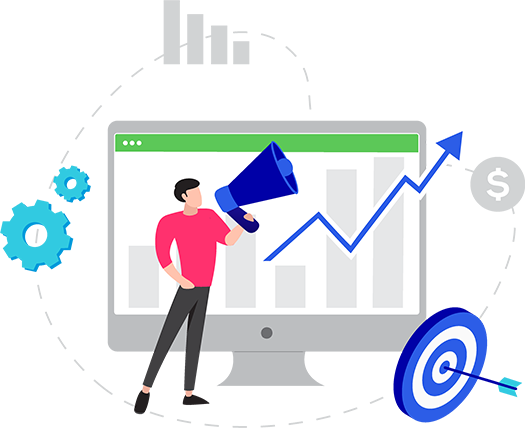The Inside Scoop On Lead Magnets
Better lead gen increases revenue streams by optimizing connections through organic-seeming engagement.

Better lead gen increases revenue streams by optimizing connections through organic-seeming engagement. It is important to stay abreast of innovative approaches to lead generation so that marketing teams can save money while getting much better results. One must procure skills for identifying the right targets, then contacting them, and engaging them. After all, one must not just LURE prospects with initial contact, one must cultivate the relationship in order to keep their attention…and eventually convert them to buyers. Lead generation must always consider lead retention.
For example, Lead Forensics enables one to identify companies that may potentially be interested in becoming customers, and to do so even before they share their contact details. This often involves the use of a “lead magnet”: a piece of information that can be downloaded in exchange for useful e-mail addresses, culled from a reservoir of potential customers using relevant metrics. This can yield a list of people who’ve been profiled according to specified criteria.
A lead magnet may be placed either on a company’s website, or on an industry portal (which will then sell this information). With premium lead generation, each campaign can be automatically tailored to a client’s specific needs. The best leads will always be the ones that are relevant, well-targeted, and have a high probability for closing the sale
The role of an effective lead gen system is to facilitate discovery. This is accomplished by harvesting and parsing all the information that has been culled from online activity. The system can then analyze these massive data-sets to determine how best to generate the most sales from those who are being targeted. Savvy lead generation is about evaluating all available prospects. This is done by assessing demographic profiles and interests (based on on-line history and past shopping behavior). The “catch” is that such a process can be automated—as with an SaaS like “catch” is that such a process can be automated—as with an SaaS like
The better qualified a lead is, the more time a business can allocate its limited resources toward only the most promising leads. This means making use of relevant data to understand each prospect.

The best lead gen tech is capable of using customer attribution to create solicitations that are most enticing to the target customer. This means extracting specific criteria from the informational ecosystem. The system’s job is to glean crucial insights, discern helpful trends, and find salient patterns that reveal what the target customers are looking for, what they like, and what they tend to buy. The latest tech enables one to segment and qualify leads more expediently. Again: The trick is to zero in on the right people, capture their attention, and KEEP their attention.
The key is to ascertain how to best communicate with specific prospects. This is a function not only of explicit references in the content; it also boils down to matching the stylization and tone that is most comfortable for any given lead. By personalizing campaigns during organic interactions, prospects will be more likely to stick around…and eventually convert. So a lead gen system must be capable of performing the kind of calculations that yield effective micro-targeting.
The ultimate goal is to generate leads in a hyper-targeted manner, then ensuring engagement to streamline the sales pipeline. This requires that the system adapt as market conditions fluctuate and new trends arise. At the end of the day, lead gen is about maximizing the probability of conversion. The likelihood that this will be successful depends on how well the system can generate, qualify, and engage leads. When considering lead generation tools, the focus should be on tech that is best able to facilitate discovery for your online business. Knowing what to look for helps one choose the best solutions.
Subscribe to our newsletter to learn more about LeadMachine.
$49.95/per month
(pay nothing for 14days)